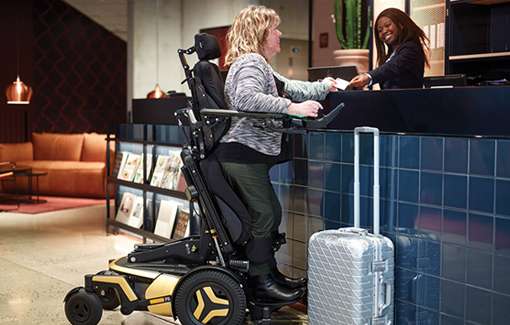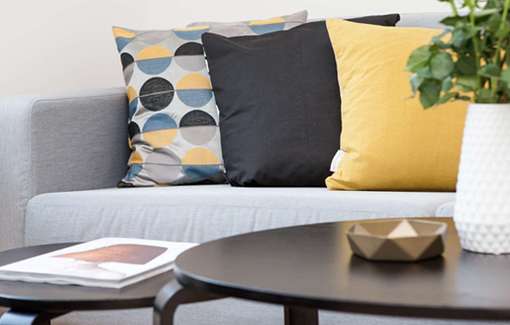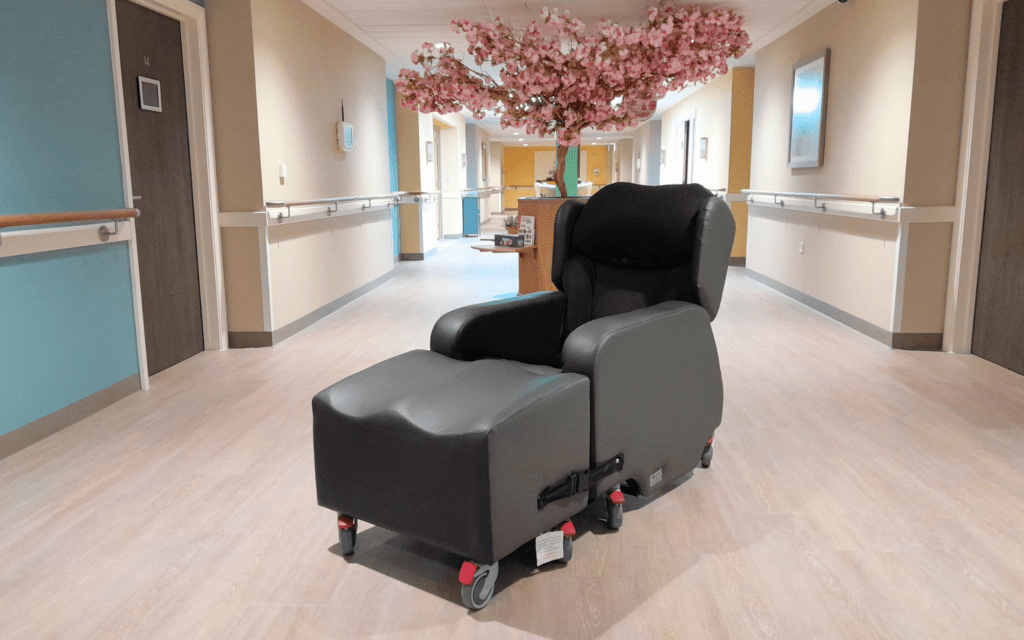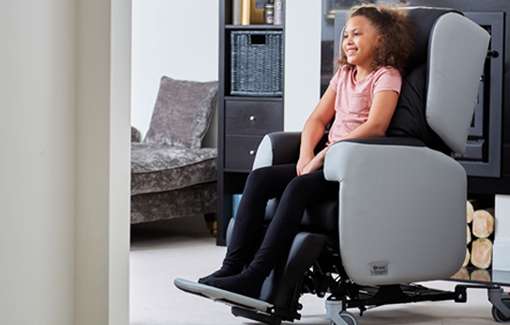Measuring for a chair that provides the seated person with the correct amount of support and protection is incredibly important.
From pressure management & relief to postural support that can prevent slipping and falling, finding the correct seating will also ensure that a patient is comfortable in their riser recliner or care chair.
Incorrect seating measurements can result in a chair too big or too small.
A chair too small may be tight to the patient and cause friction that generates heat, this can be dangerous for the seated person’s skin integrity.
A chair that is too big may not give a patient the necessary pressure injury management and increase the risk of skin shearing or allow for too much bodily rotation which can lead to slipping while in the chair.
For more information this, take a look at our post on preventing sliding and falling out of a care chair.
On top of these important postural support and pressure injury management issues, incorrect seating measurements are also expensive!
They can mean making an extra purchase to correct a mistake that could have been avoided. As the adage goes…measure twice, cut once!
Let’s take a look at the simple steps for collecting measurements for specialist seating.
Jump straight to…
The 5 main measurements for specialist seating
Width, depth and height are the key measurements to keep an eye on when measuring for a seat.
These are:
- Seat Height
- Seat Depth
- Seat Width
- Armrest Height
- Back Height
Ensuring that these measurements are correct and personalised to the patient will lead to finding the most comfortable and supportive seating solution that matches their needs.
These are the 5 key measurements you should always get correct when specifying seating (you can find a more detailed explanation of all things seating here).
Here’s how you get the most accurate numbers possible, and why it’s important to keep it that way.
How to measure seat height
Seat height is an important factor, not just with specialist seating, but in everyday life. Even when seated at a desk, most people adjust the seat height of their office chair to feel more comfortable and make sure that there isn’t too much pressure going through the backs of their thighs or posterior.
This adjustment is needed because office chairs are made for the general public, with made to measure seating, the seat height must be accurately recorded.
To measure seat height, you should record the distance between the floor (or the footplate) to the top of the seat itself.
The goal here is to get the knee to hip angle as close to 90° as possible, and the person’s feet should be flat on the floor.
How to measure seat depth
Having incorrect seat depth can have a detrimental effect on posture and can even create pressure injuries. If the seat depth is too long, the sitter can slouch so there isn’t enough support at the bottom of the spine and they may even slide out of the chair.
With seat depth, you should aim to get a measurement that will make using additional cushions or pillows redundant.
To get the best measurement of seat depth, you should measure from the front of the seat cushion to the backrest of the chair.
When the seated person is sat back against the lumbar support of the chair, the cushions should be deep enough to provide support to the entire length of the upper leg without putting too much pressure on the back of the knee.
How to measure seat width
The seat width will tell you the cushion size needed as well as the distance between each arm.
This measurement is sometimes recorded incorrectly, which can cause a lot of problems when made-to-measure chairs are delivered and are far too wide!
Seat width should be measured from the inside of one armrest to the inside of the other.
There should be about a ¾ inch (or 20mm) gap on either side of the client’s buttocks to make sure that the arms sit comfortably on the armrests. If the client is windswept, you may need to allow for a little more space to make them comfortable.
How to measure armrest height
As you can imagine, armrest height will determine a lot about how comfortable a chair is. If the armrests are too high, it can cause a lot of discomfort in the client’s neck and shoulders; and if they’re too low, it will be more difficult to get in and out of the chair.
Armrest height measurement is taken from the middle of the seat depth (between the front of the arm and where the arm meets the backrest).
You then measure from the top of the seat cushion to the top of the armrest.
The client’s arms should sit gently and comfortably with the shoulder in a neutral position.
How to measure back height
Back height will deliver comfort and support to the client wherever possible. This measurement is important because it will ensure that lumbar or any additional back supports are in the right place.
Measure along the height of the backrest, from the (back) edge of the seat cushion up to the top of the backrest itself.
The backrest needs to be tall enough to support the back of the client’s head when sat back in the chair.
If possible, check what the best back angle is for the client.
Top tips for accurate measurements
- You’ll need a tape measure that has both inches and millimetres on it. This is because rise and recliner chairs and care chairs often vary in the unit used to measure them.
- If you have to use a fabric tape measure, always make sure that it doesn’t bend around the person sitting in the chair as this can skew measurements.
- If you are arranging a home assessment with a seating supplier (like ourselves), then give them the client’s information beforehand so that they can bring the most compatible chair. You should specify their height, weight, any medical conditions, how they transfer, and any other information you think is relevant.
- Side note: if your client cannot stand up straight for a height measurement, then get them to spread their arms out wide and measure from fingertip-to-fingertip for a better idea of their height.
- Always explain what you will be doing before you begin measuring or touching the client. This will help them stay relaxed and co-operative throughout the assessment.
Summary
These are the basics of how to measure for specialist seating, the importance of this step cannot be overstated as incorrect measurements can lead to an ill-fitting chair that far from being inadequate…actually cause increased harm to the seated individual.
Patient mobility and cooperation can vary and complicate this process, but measuring for seating usually comes down to 5 main measurements:
- Seat Height
- Seat Depth
- Seat Width
- Armrest Height
- Back Height
Get these seating measurements correct and you are likely to provide the ideal riser recliner or care chair.
If you’re still struggling and need some extra guidance, download our free 88-page Specialist Seating eBook for more practical tips. Or contact us to discuss the potential of joint assessments with our team.














